A Quebec-based study of 1000 people has found that even those with similar genes can have big variations in how those genes are expressed. The study looked at mitochondria, components of the cell that have their own DNA. The researchers found that when this DNA is transcribed to RNA, there was a lot of variation […]
Tag: evolution
The evolution of self-control
A new study has found species with larger brains (great apes and old-world monkeys) may have more self-control than species with smaller brains (birds and lemurs).
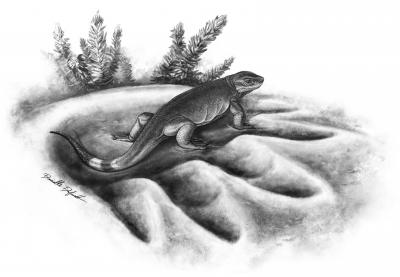
Early plant-eaters evolved from tiny meat-eaters
A new paper shows that giant herbivores evolved from much smaller creatures like the newly discovered Eocasea martini, a carnivore only 20 cm long. The study shows that similar transitions of small carnivores to large herbivores happened independently at least five times, setting the stage for the giant herbivores of 270 million years ago. These carnivores […]

In Brazilian cave insects, females have penises
Researchers have discovered four related species of cave insects in the genus Neotrogla in which females have evolved an elaborate, penis-like organ known as a gynosome. By contrast, males have a much reduced, vagina-like opening, through which they provide nutritious seminal gifts in addition to sperm. Because of the resource-poor environment of the cave, it’s […]
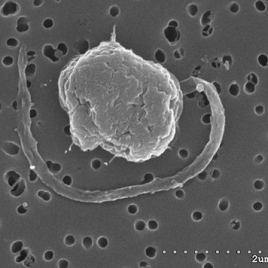
Genomics is ignoring microscopic “others”
According to a new study, genomics – the science of mapping genes and DNA sequences – is ignoring a huge amount of genetic diversity. The authors point out that 85 per cent of the genomes that have been sequenced are from plants, animals or fungi, yet these individuals within these groups are genetically very similar […]
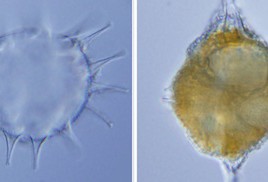
Million-year-old plankton comes back to life
Scientists have recovered a form of plankton thought to be extinct for a million years. It is the only surviving member of a plankton lineage common 50 million years ago. The heat-loving, single-celled organism Dapsilidinium pastielsii was thought to have disappeared from the fossil record because of colder ocean temperatures. However, a group of […]
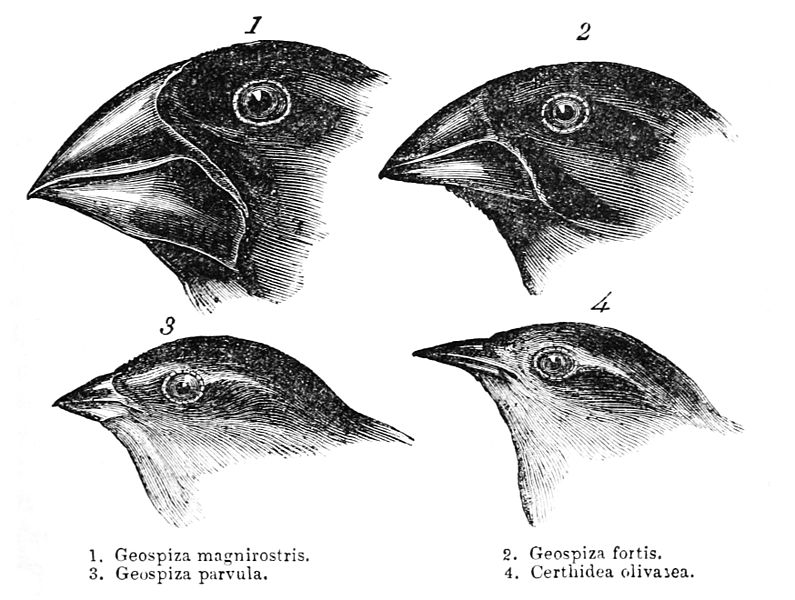
Looking to conserve bird evolution
We are currently in the middle of an extinction crisis, and birds are not spared. The authors from a new research paper conclude their approach could guide conservation efforts in order to maximize total biodiversity. Using a new mathematical approach to compare relationships among nearly 10,000 bird species, researchers have identified the species that are loneliest […]

Hummingbirds species continue to diversify and adapt
A new study shows that hummingbirds continue to diversify and adapt to different ecological niches all across North America, South America and the Caribbean. Researchers used genetic studies to reconstruct the family tree of the smallest birds and have found that hummingbirds invaded South America 22 million years ago and diversified into 338 known species […]
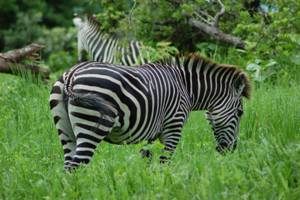
Zebra stripes may deter biting flies
Why do zebras have stripes? A new study suggests that rather than serving as camouflage, they may have evolved as a way to avoid fly bites. Researchers found that among equids (horse-like animals), striped species such as zebras overlapped the range of flies known to avoid black and white surfaces. Moreover, they didn’t find any […]
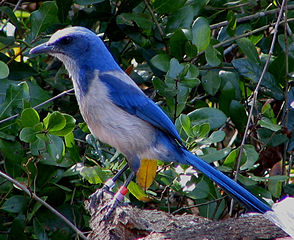
The evolution of cooperative parenting
Birds like Florida Scrub Jays and humans have something in common; they both make investments in raising children that aren’t there own, which at first seems to counter “survival of the fittest.” A new mathematical model shows that the benefits of helping outweigh the risks for species that are highly competitive for territory; helping your […]